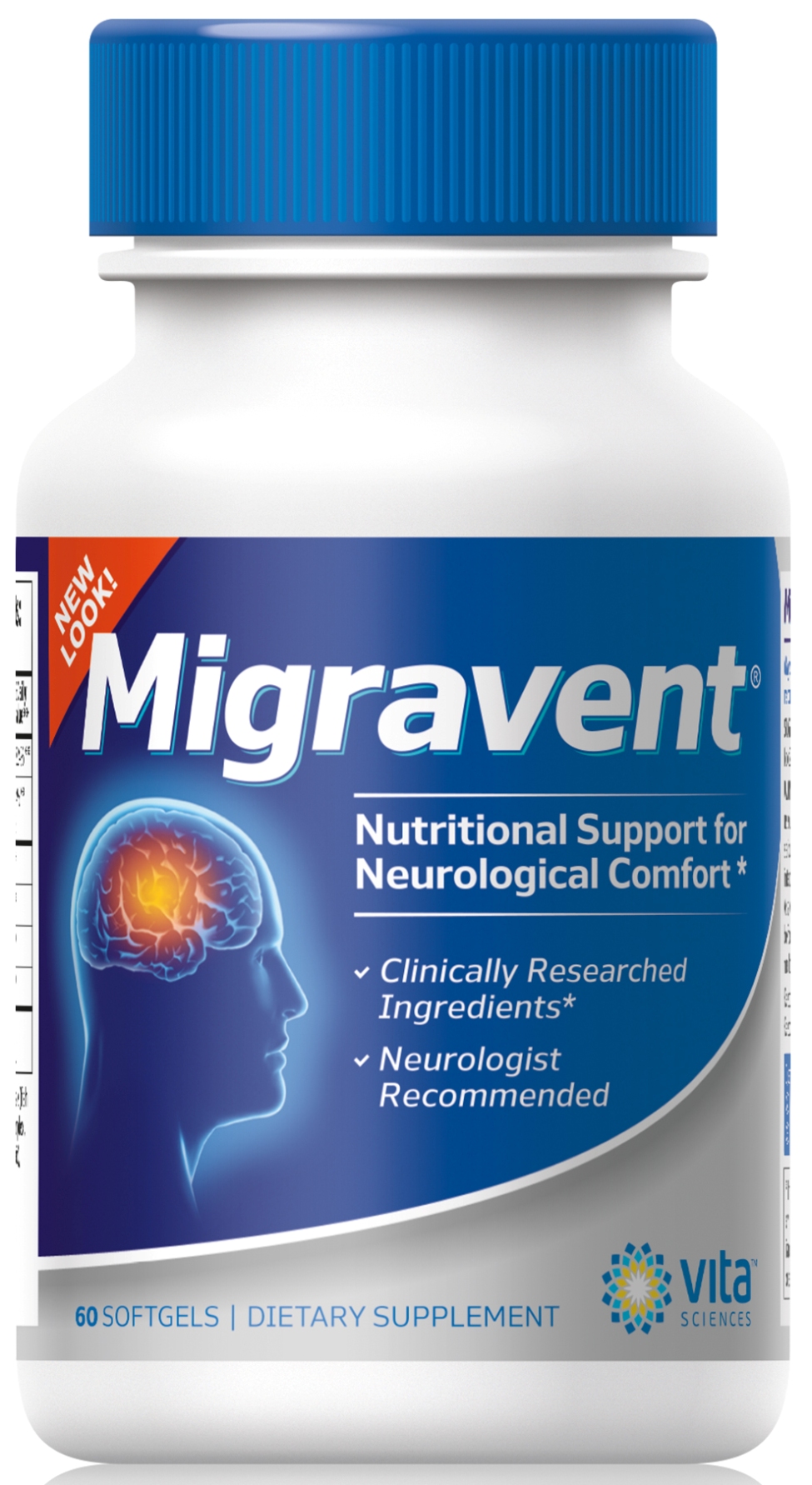We’re all aware of the dangers of misusing painkillers for migraine headaches, but how many of us really understand the right and wrong ways of using pain pills? Here are some common mistakes that people make with their prescription painkillers for migraines and other types of chronic pain, as reported by WebMD, Living with Chronic Pain.
Err #1: Overdosing on migraine pain pills
Sometimes, your prescribed dose of migraine medications work right away- in ten minutes or less. Other times, the same dose might seem to do nothing at all. You tick away the seconds, wait ten more minutes, and then agonize over whether to take another few pain pills or wait it out.
According to Kristen A. Binaso, RPh, spokesperson for the American Pharmacists Association, using more painkillers than prescribed can be disastrous. Not only will it fail to provide extra relief, as the extra dose of painkillers often reduces the effect of the first dose, but you may overdose.
“This ‘one is good so two must be better’ thing is a common problem,” says Eric R. Haynes, MD, of the Comprehensive Pain Management Partners. “Patients should follow the instructions their doctor gives. Ask before leaving the office: Can I take an extra pill if I still hurt? What is the upper limit for this medication?”
Bottom line: If your painkillers aren’t working as prescribed, notify your migraine doctor right away. Don’t be tempted to take extra meds without your doctor’s permission.
Err #2: Combining prescription migraine painkillers with OTC migraine painkillers
Again, this goes back to overdosing on pain pills. Sometimes, migraine patients supplement their prescription painkillers by taking over-the-counter (OTC) painkillers for extra relief, without being familiar with main active ingredients of either. In many cases, you end up taking the same analgesic such as ibuprofen or acetaminophen twice, and risking serious injury.
Bottom line: Ask your doctor about using OTC migraine pain relievers in addition to prescription medicines.
Err #3: Not telling your doctor about all medications that you’re taking
It’s important to be upfront and honest with your doctor, especially if he’s prescribing pain pills for migraines. Many painkillers pose harmful drug interactions, and some may reduce their effectiveness. If you’re taking antidepressants, diabetes drugs, or medicine for hypertension, then your doctor needs to be informed before prescribing pain medication.
Bottom line: Tell your migraine specialist about every single medication that you’re currently taking, even if you think it might be unrelated to migraine meds.
Err #4: Driving under the influence
You might not realize that a certain painkiller may make you sleepy until you try to drive after using it. Even a drug that is marked “non-drowsy” might produce a lethargic reaction in some. Keep in mind that driving while sleepy is just as dangerous as driving drunk.
Bottom line: The first time you take a new painkiller, take it at home, and monitor your reaction to it. Don’t go into the car immediately after using a new migraine painkiller.
Err #5: Sharing migraine meds
Another oft-reported error people sometimes make is to share their pain medications with others. Your doctor considers several important factors before prescribing your migraine medications, and just because a certain painkiller is safe for you, that doesn’t mean it is harmless for every other migraine patient. Other people might have underlying health problems, allergies, or current medications that may interact lethally with your painkillers.
Bottom line: Even if somebody tells you that he’s in pain with migraines, don’t give him your prescribed migraine pills. Instead, offer to help him find painkillers with his doctor’s approval.
Err #6: Not consulting in your pharmacist
Your pharmacist is there to help you understand your prescription painkillers- what’s written on the labels, what dose you should be taking, and possible drug interactions. Many people often forget what their doctor said during the last visit, and neglect to ask the pharmacist. If you figure that you’ll just “wing it,” then you run the risk of overdosing.
Bottom line: Never rely on your own memory when taking migraine medications. Keep written instructions from your doctor, or logged into your migraine diary. If you’re ever unsure about dosage information, then ask your doctor or pharmacist.
Err #7: Using meds past the expiration date
After a certain amount of time, drug ingredients start to break down; they become less effective and in some cases, more dangerous for the user.
Bottom line: Check expiration dates regularly, and dispose of expired drugs.
Err #8: Chopping pills without permission
Believe it or not, the thin line running down the middle of a pill is there for a reason; it instructs you where to cut should you need to take half a dose. According to Binaso, cutting a pill any other way can be extremely hazardous, particularly if there is no scoring.
Bottom line: Unless your doctor gives you permission to cut a pill in half, don’t.
Please tell us…
Do you currently take prescribed painkillers for migraines, but would like to stop? What side effects bother you most about your migraine medications? Have you tried supplementing with natural migraine treatments that don’t cause damaging side effects?
Spread the love…
Please share this article with your friends, family, or anybody you care about!
Read more about migraine medications:
Do you get Cold Feet over Migraines? Could be your Migraine Medication
Epic Fail! Top 10 Migraine Analgesic Errors Doctors Make
Are Doctors Overprescribing Painkillers for Migraines? Fox News Report
Coenzyme Q10 Benefits and Dosage Information
Source:
Pain Medication Mistakes: Overdoses, Side Effects, and More- WebMD



